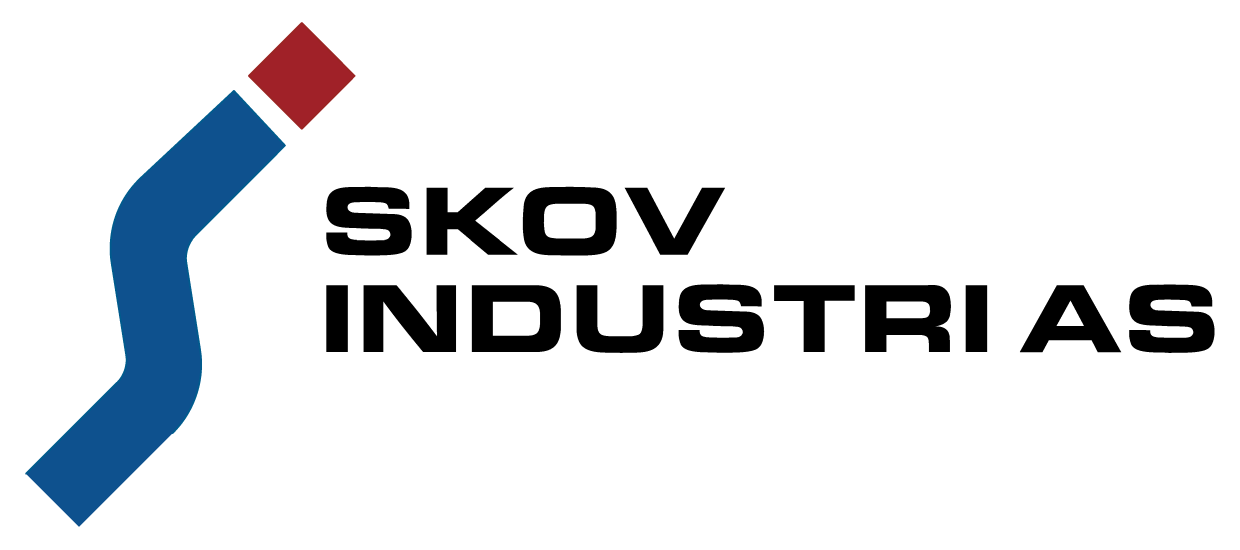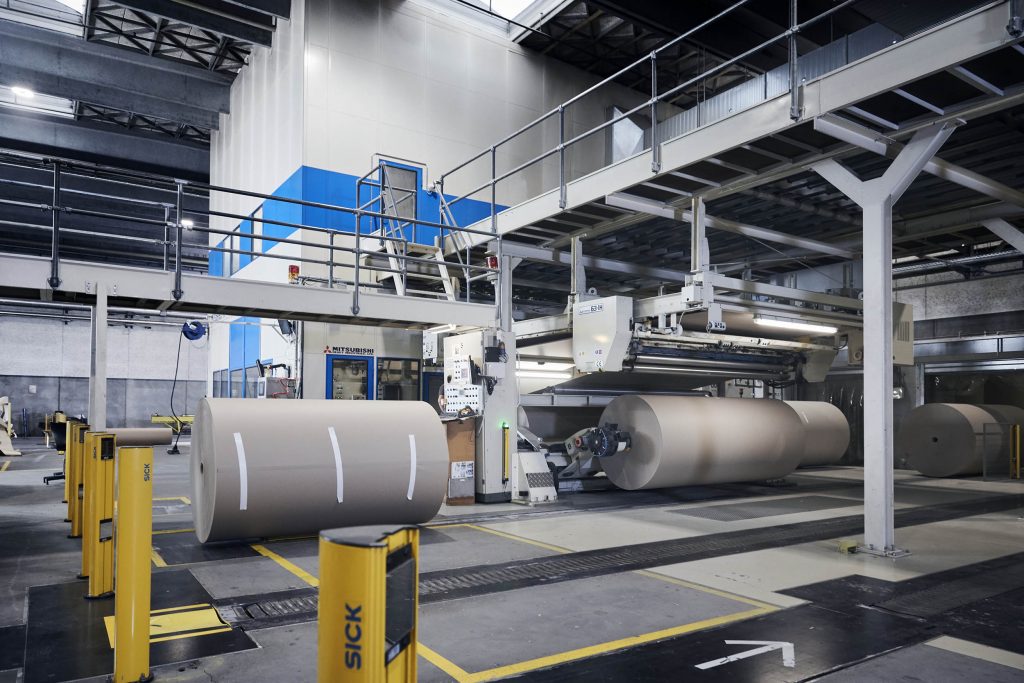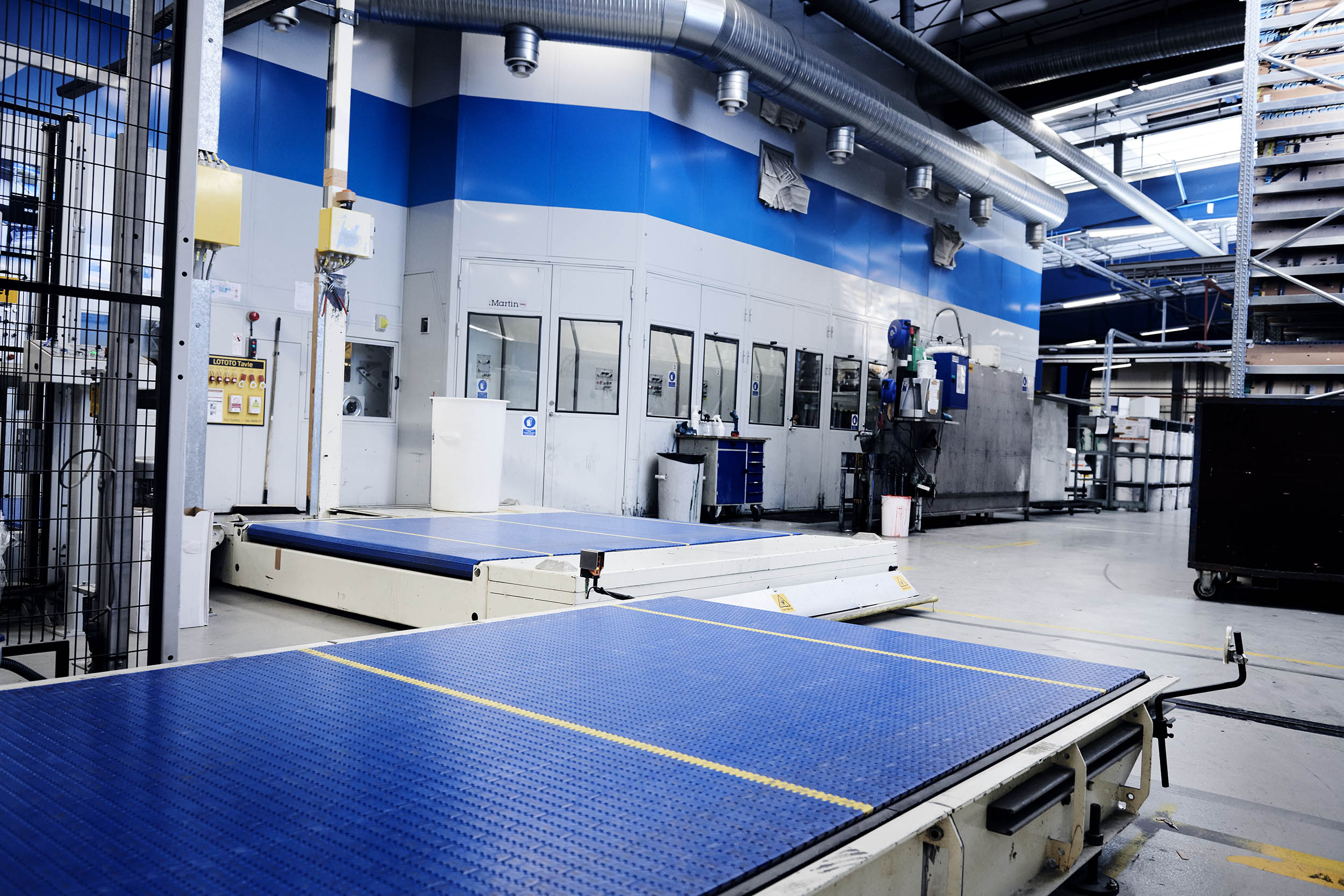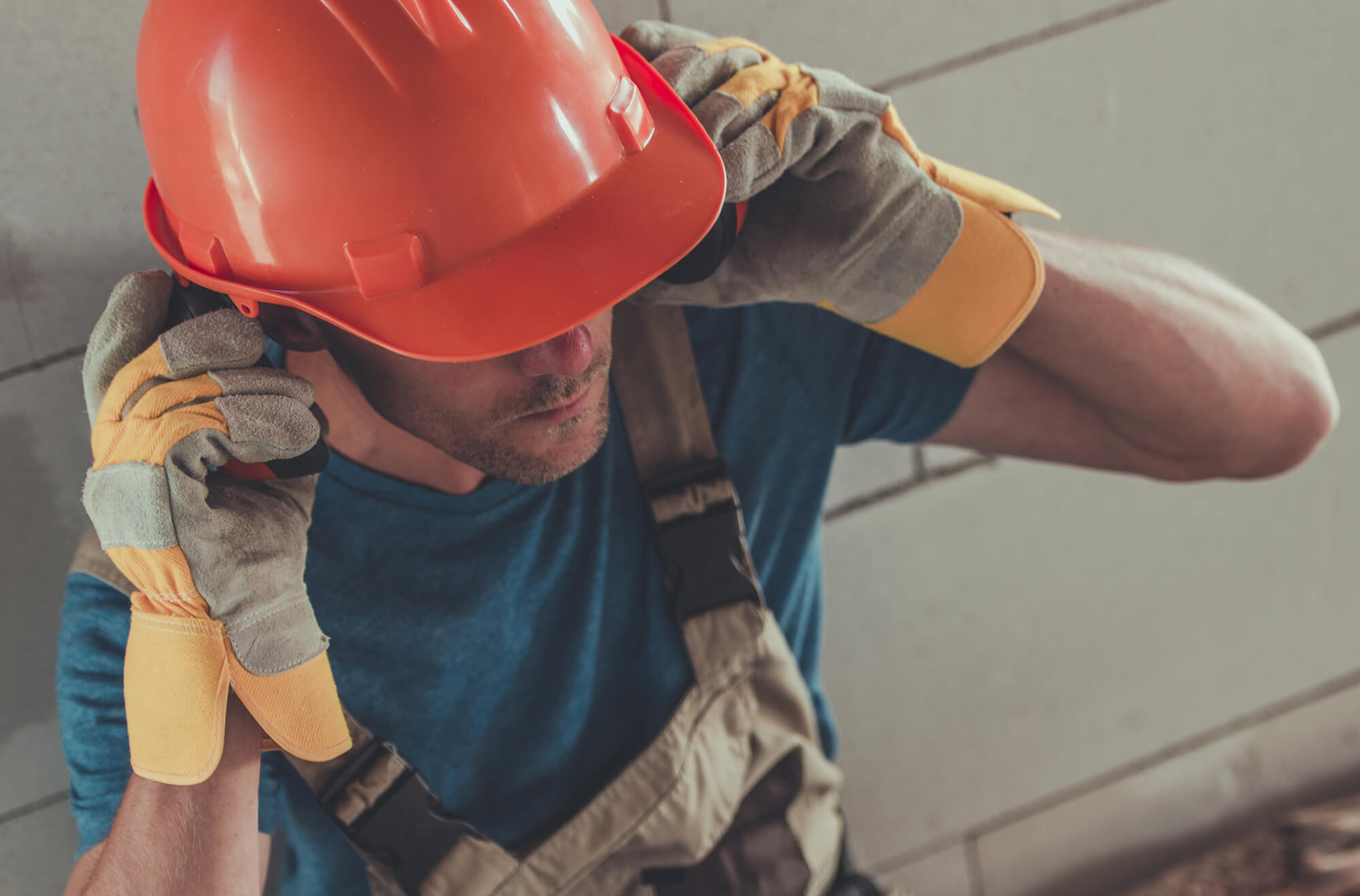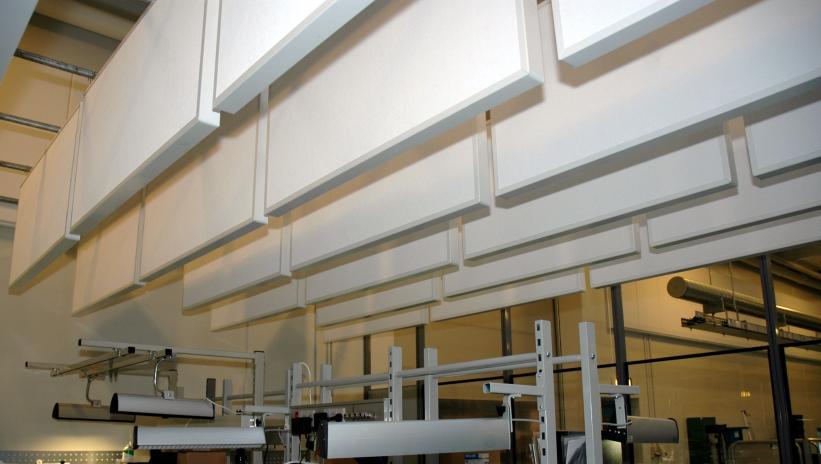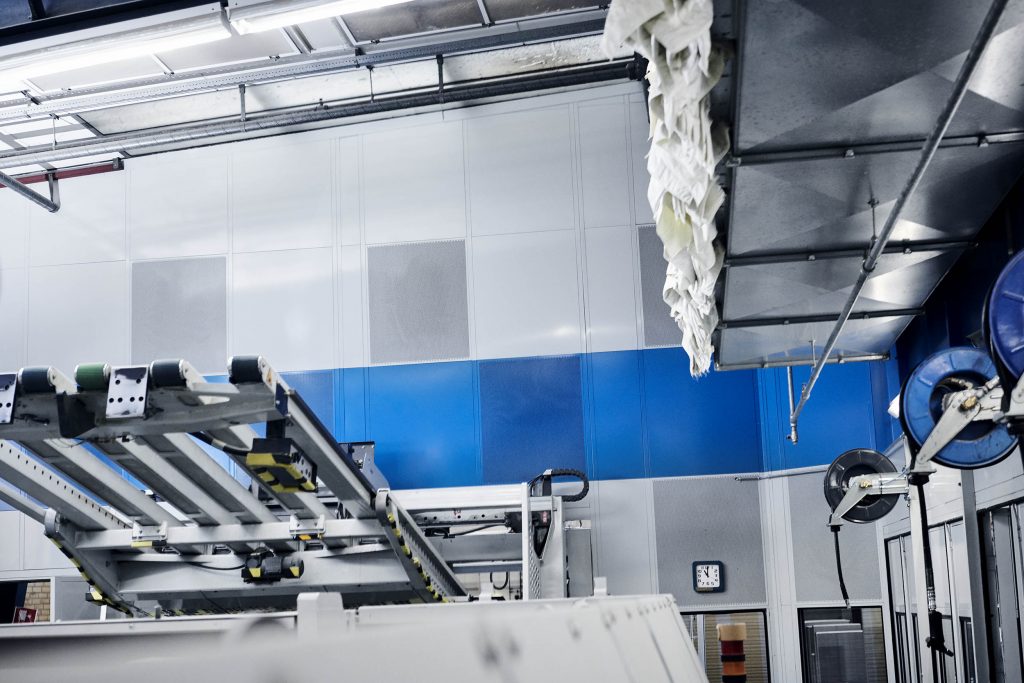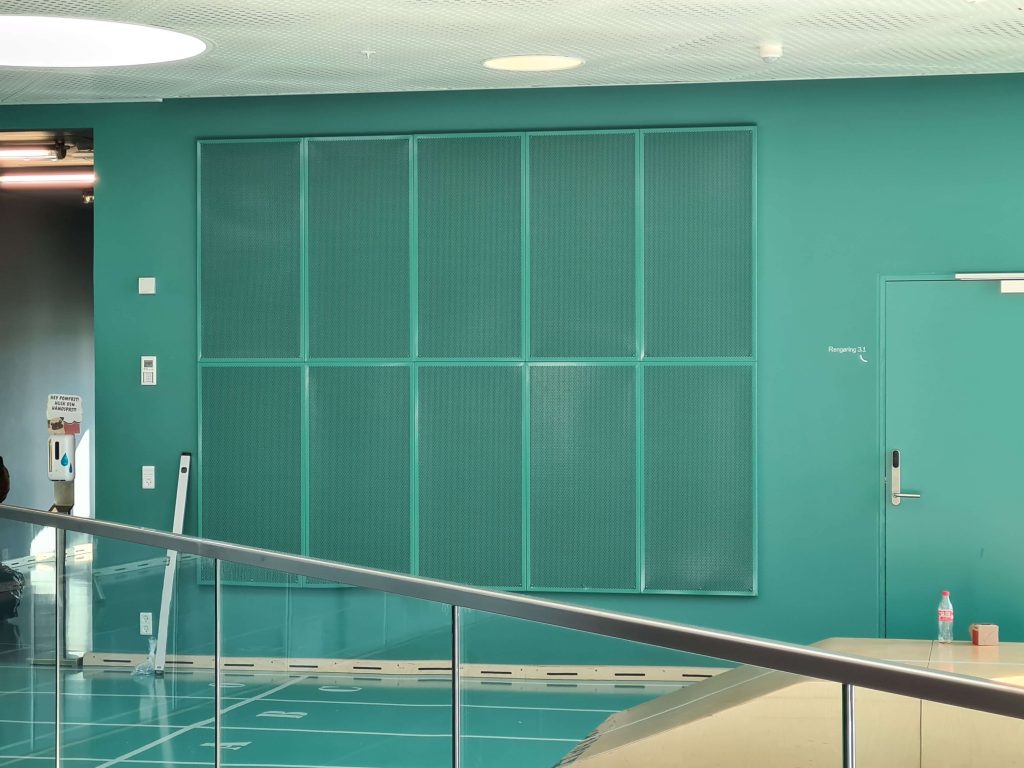Noise policy
An effective noise policy reduces noise levels in the workplace and promotes a healthier and more productive working environment. By implementing noise-reducing solutions and setting clear guidelines, companies ensure better well-being for employees.
About noise policy
It starts with you formulating the overall objective, which could be:
“No employees should be injured or bothered by noise in the workplace”
In addition, you should set a number of objectives, which should be related to the company’s own minimum requirements and within the Legislation.
In most of the EU, there is agreement that the following categories and ranges are realistic for most industries, and for the top category, that the limit value 85 dB(A) MUST be observed.
dB(A) is weighted noise in decibels over 8 hours, LAEQ
Noise strategy
In order to achieve the noise targets, you should have a noise strategy that includes the following:
The management supports – at all levels
The security organization’s employees have a central role in finding solutions
Acoustic expertise is included
Noise requirements are part of the purchase of machines and when you rebuild and occasionally
Hearing protection is considered a temporary solution
And if you add to this systematicity in your noise reduction through:
Mapping of current noise
Prioritization
Action plan
To use both own knowledge and acoustics expertise in the solution work
Control
So you reach your noise targets.
We are happy to act as an acoustic expert in your work with noise, remember that it is non-binding.
Noise is unhealthy
There are a large number of studies and studies, all of which support that Noise is harmful, not just to the ear.
The Norwegian Working Environment Authority expresses it as follows:
“Loud noise can damage hearing
Hearing damage usually comes on insidiously. It can be difficult to discover that hearing ability is being reduced, because you compensate by, for example, turning up the radio.
Signs of hearing loss are:
- You think other people mumble
- It is difficult to hold a conversation when there is background noise in the room – for example at parties
- You often have to ask to have something repeated
- It is necessary to turn up the TV and radio.
Hearing can be damaged after a single exposure to very loud noise – for example from a gunshot or an explosion – but it is often long-term daily exposure that causes the damage – the hearing wears out.
Hearing damage develops most rapidly in the first years of exposure to the noise, typically while you are young. Hearing also deteriorates with age. Hearing damage cannot be cured and is the most common, incurable occupational disease according to the World Health Organization WHO.
See more about the harmful effects of noise here.
If you want more about the consequences of the noise, you are welcome to contact us.
Basic concepts
Here we have collected a number of basic concepts that are used in work with noise and acoustics.
What is:
- Noise – is harmful or annoying sound.
- Sound – is pressure waves moving through air or elastic material. Alternating over and under pressure moves forward and the pressure variation eventually hits our ear
- Sound – is measured in decibels (dB) and is a measure of the pressure variation
- dB is a relative quantity like % and follows a Logarithmic scale
- dB 0 corresponds to a pressure variation of 20 μPa corresponding to what we can just hear
dB 140 corresponds to a pressure variation of 200,000,000 μPa corresponding to the pain threshold - Sound pressure, sound power and sound intensity are all measured in dB, but are not the same
- Half of the sound pressure corresponds to 6 dB (Damage to the ear)
- Half of the the sound effect (the energy) corresponds to 3 dB (Damage to something other than the ear)
- Half of the perceived loudness corresponds to approx. 10 dB
- The energy-equivalent sound pressure level is called Leq and corresponds to the sound pressure effect over time
- Leq8 hours is thus the sound pressure level for a working day
- dB(A) is an expression of the average sound pressure level over an entire working day, i.e. 8 hours
- Frequency is an expression of how quickly the sound pressure fluctuates – how many oscillations there are per second
- Frequency is measured in Hertz, abbreviated Hz
The human ear can perceive from 20 Hz to 18,000 Hz (18kHz) (If the sound is strong enough, sounds below 20 Hz can be heard) - The ear is most sensitive in the range 1,000 Hz to 4,000 Hz (1kHz to 4kHz)
- For workplace measurements, a filter is used so that the measurement reflects the ear’s sensitivity to different frequencies, and is denoted dB(A)
- The Norwegian Working Environment Authority requires the noise to be muffled if the noise exceeds 85 dB(A) and thus expresses a weighted noise level.
- Sound energy, sound power, sound intensity is the energy in Watts that a sound source (machine) emits per unit of time
- The sound energy is the energy the sound waves have. The bigger the waves (lower frequency), the more energy the waves contain.
Contact us if you have questions about the basic concepts or noise measurements, it is non-binding.
